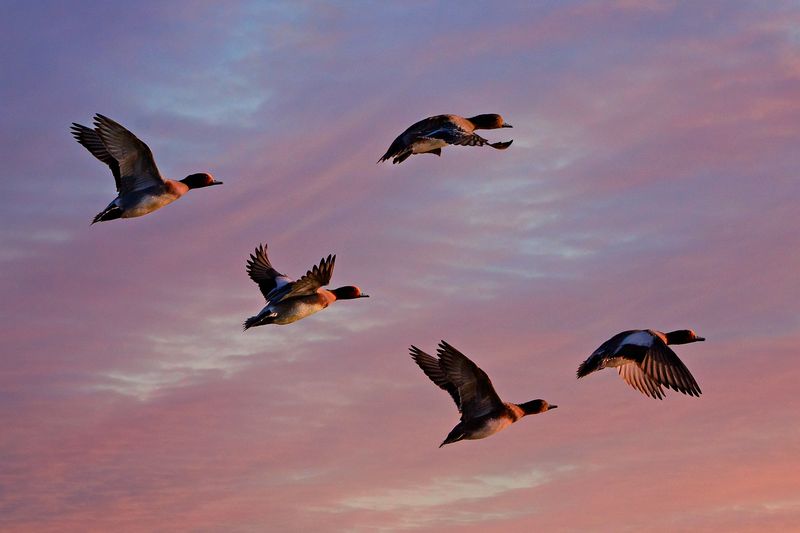
Wings of Contagion
As bird flu ravages Germany’s wildlife and farms, experts debate whether migrating flocks are spreading the virus across Europe.
Germany is facing a severe outbreak of avian influenza, with thousands of wild and domestic birds dead or culled. In eastern Germany alone, roughly 2,000 cranes have succumbed to the virus, and authorities in Baden-Württemberg have ordered the destruction of 15,000 poultry after infection was confirmed by the Friedrich Loeffler Institute.
The virus has been detected in cranes from several federal states, sparking fears that migratory species may be driving the epidemic’s spread. Much like the “superspreader” events of the COVID-19 pandemic, mass bird migrations could be carrying pathogens over vast distances.
Avian flu—often deadly for birds but considered harmless to humans—has hit both wild populations and commercial farms hard. The Friedrich Loeffler Institute warns of a continued wave of infections among cranes, ducks, and geese as they move south for winter.
Helge May of NABU, Germany’s nature conservation group, acknowledges that migratory birds can transport the virus far afield. “Cranes lack any known immunity, so once infected, they die quickly,” he explained. Still, he hesitates to label them “superspreaders,” noting that ducks, which can carry the virus without symptoms, pose the greater ongoing risk.
As the skies fill with southbound flocks, one thing is clear: this year’s migration season may carry more than just the promise of winter—it may also carry the seeds of the next wave of avian flu.
